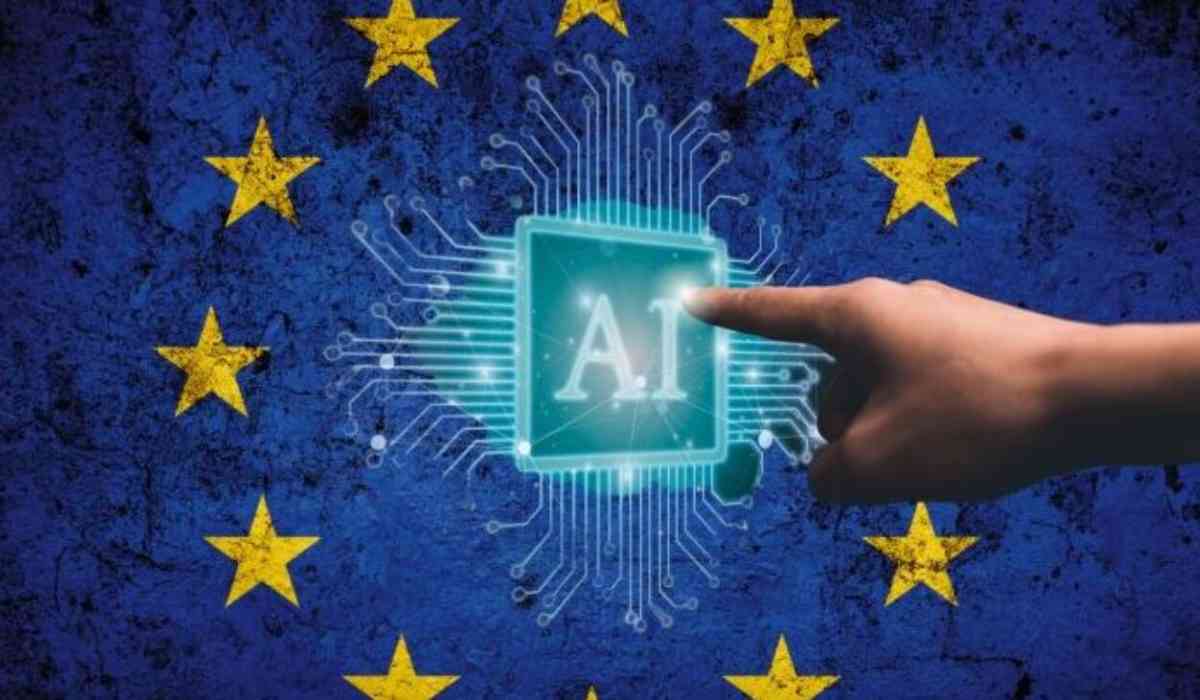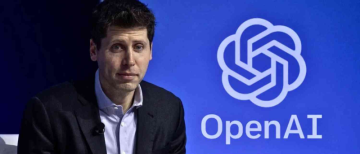Artificial intelligence is transforming industries and reshaping our lives. As we integrate AI further, we must ask: how can its growth uphold human rights, democracy, and the rule of law?
The Council of Europe's Framework Convention on AI and Human Rights, Democracy, and the Rule of Law is the world's first legally binding agreement on ethical AI, highlighting the need for responsible tech development.
Globally, AI governance is growing more intricate, with nations implementing various laws and orders. While many, including the Pope, advocate for a global AI treaty, the path is fraught with challenges, reflecting the complexity of achieving such international agreements.
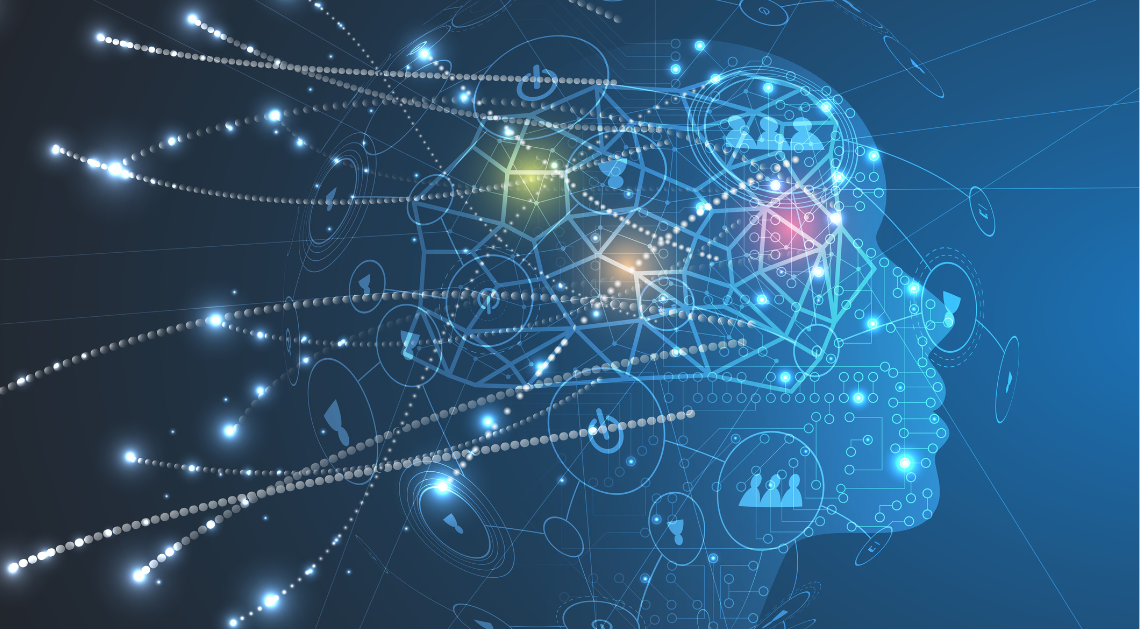
The Council of Europe
The Council of Europe (COE) is an intergovernmental organization founded in 1949, now comprising 46 member states, including the Holy See, Japan, the U.S., and EU countries.
Aim: The COE is dedicated to promoting human rights, democracy, and the rule of law across Europe.
Establishment: Formed in 1949, it operates as an intergovernmental organization.
Membership: The COE has 46 member states, including the Holy See, Japan, the U.S., and various EU countries.
Functions: The COE sets standards, monitors compliance, and collaborates with member states to:
- Combat violence against women, child sexual abuse, corruption, cybercrime, discrimination, racism, human trafficking, money laundering, organ trafficking, terrorism, and torture.
- Protect freedom of speech, media freedom, and free elections.
- Address future challenges, including artificial intelligence, bioethics, and environmental issues.
Military Applications: The AI convention does not cover military applications, with Articles 3.2, 3.3, and 3.4 providing exemptions for national security, research, development, testing, and national defense.
Private Sector: Article 3(b) permits treaty parties to variably exempt the private sector, though it does not allow for a complete exemption.
General Obligations: The convention emphasizes the protection of human rights (Article 4), the integrity of democratic processes, and respect for the rule of law (Article 5). Article 5 also requires parties to address disinformation and deepfakes, although these are not explicitly detailed. Article 22 allows parties to exceed the specified commitments and obligations.
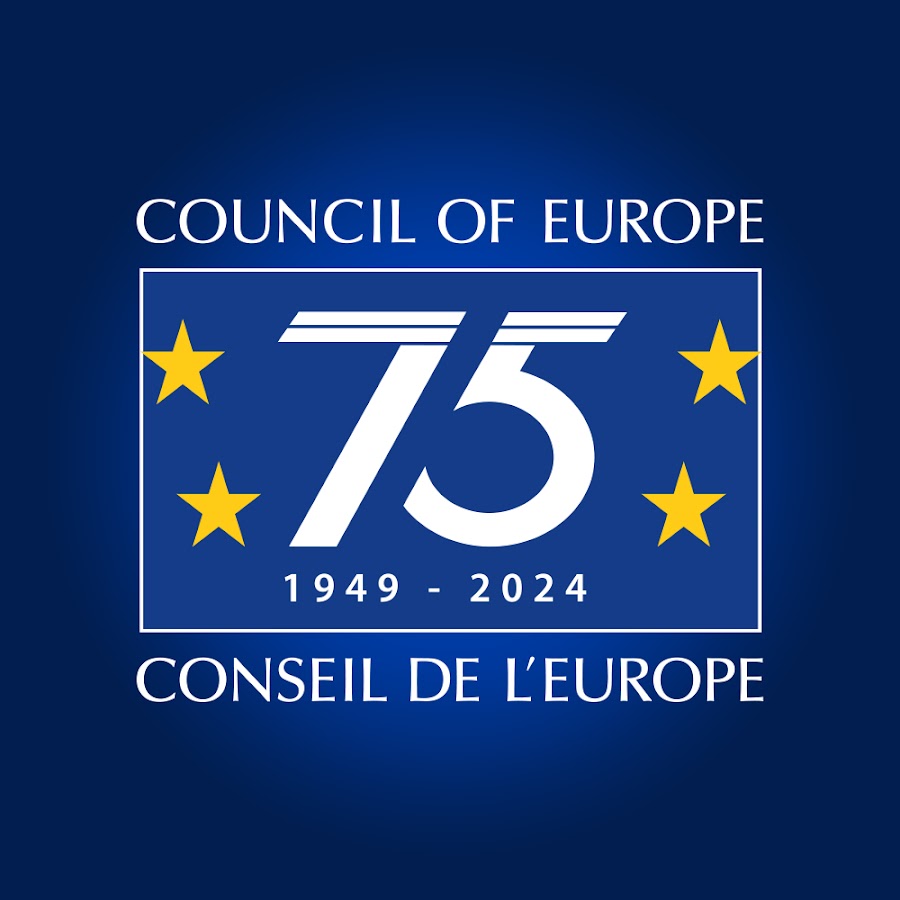
Europe’s AI Convention
Numerous ethical guidelines and governance principles for AI exist, but they are non-binding and unlikely to result in a global treaty. No current negotiations for an AI treaty are taking place at global or regional levels.
Council of Europe's Initiative:
- The Council of Europe (COE), an intergovernmental organization established in 1949 with 46 members, adopted the Framework Convention on Artificial Intelligence and Human Rights, Democracy, and the Rule of Law (the 'AI convention') on May 17.
- The COE includes members like the Holy See, Japan, the U.S., EU countries, and others.
Significance of the AI Convention:
- This convention represents a major step in AI governance, addressing its impact on human rights, democracy, and the rule of law.
- It will be open for signature in Vilnius, Lithuania, on September 5.
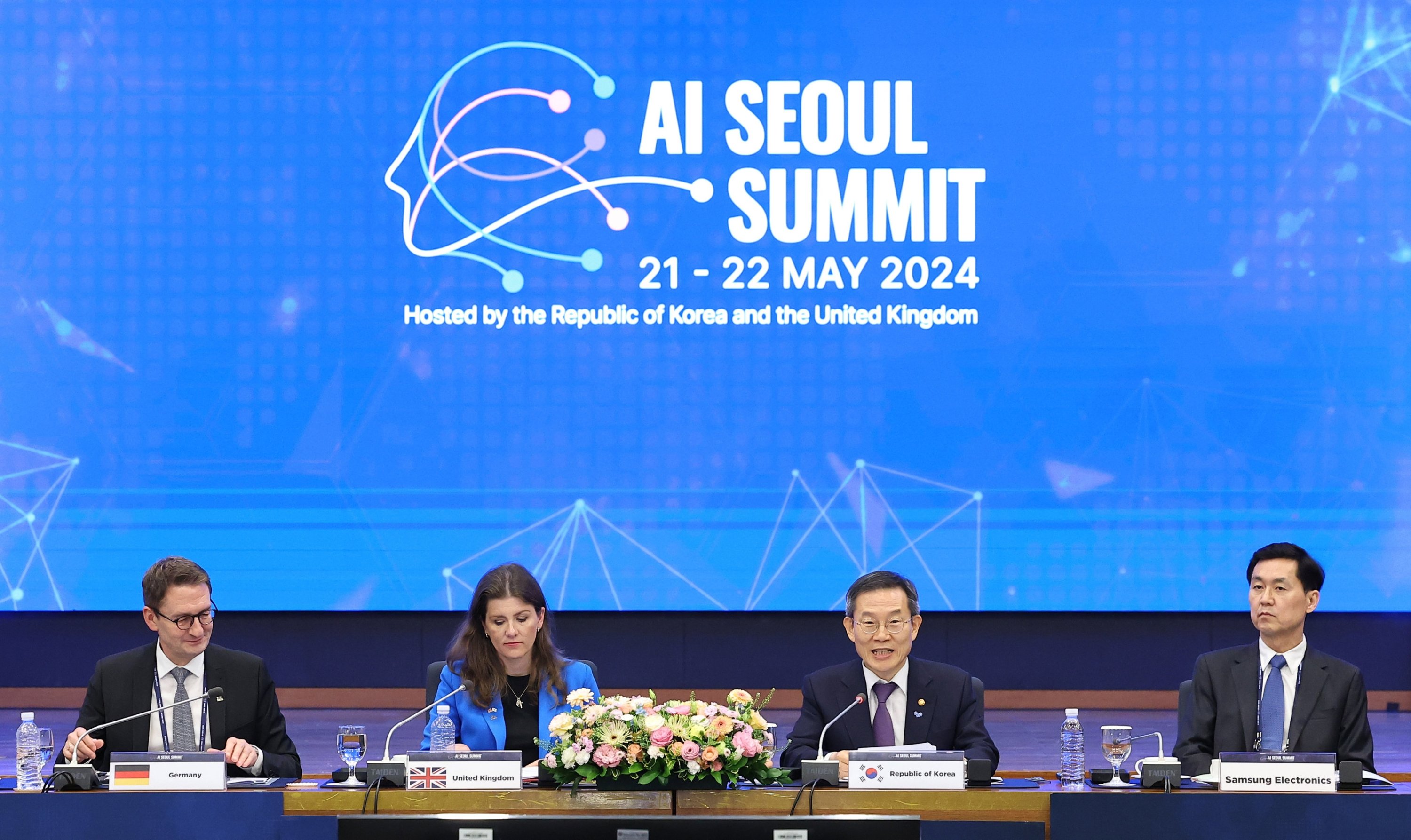
Scope of the Convention
-
Article 1 of the convention underscores its purpose:
- It aims to ensure that activities throughout the lifecycle of artificial intelligence (AI) systems align fully with human rights, democracy, and the rule of law.
- The definition of AI utilized here resembles that found in the EU AI Act, which, in turn, draws from the OECD's definition: "An AI system is a machine-based system that, for explicit or implicit objectives, infers, from the input it receives, how to generate outputs such as predictions, content, recommendations, or decisions that can influence physical or virtual environments."
-
Article 3 delves into the scope of the Convention:
- It encompasses activities within the lifecycle of AI systems that possess the potential to impinge upon human rights, democracy, and the rule of law.
- Specific provisions include: a. Application to activities within the AI system lifecycle conducted by public authorities or private actors on their behalf. b. Addressing risks and impacts stemming from activities within the AI system lifecycle by private actors, where not covered in the preceding clause, in a manner consistent with the Convention's objectives.
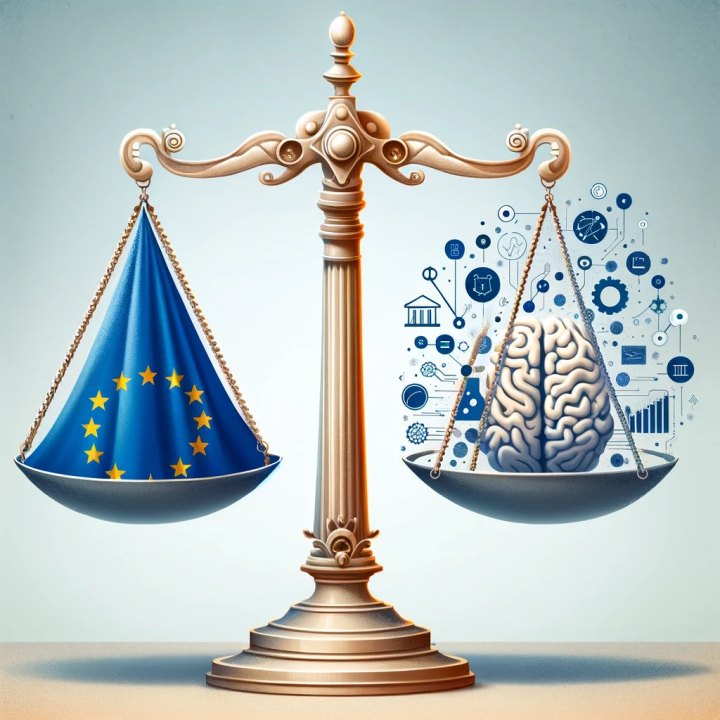
Why do we need the AI convention?
The AI convention emphasizes the preservation of existing human and fundamental rights amid the implementation of AI systems. Governments are urged to establish effective remedies (Article 14) and procedural safeguards (Article 15) to uphold these rights.
- Balancing Innovation and Rights: It addresses the crucial balance between fostering AI innovation and safeguarding human rights. This equilibrium is essential in the contemporary landscape where technology advances faster than regulatory frameworks.
- Comprehensive Risk Mitigation: The convention adopts a comprehensive approach to mitigate risks associated with AI systems concerning human rights, democracy, and the rule of law. This is particularly pertinent given the evolving nature of AI regulation and the rapid pace of technological advancement.
- Flexibility in Implementation: Employing a framework convention approach provides flexibility to member parties. While core principles are defined, parties can tailor implementation strategies based on their capacities and priorities.
- Catalyst for Global Governance: The convention's adoption can serve as a catalyst for similar agreements at regional levels. Its influence extends beyond its immediate members, potentially impacting AI governance worldwide, including in innovation hubs like the U.S., given its membership in the Council of Europe.
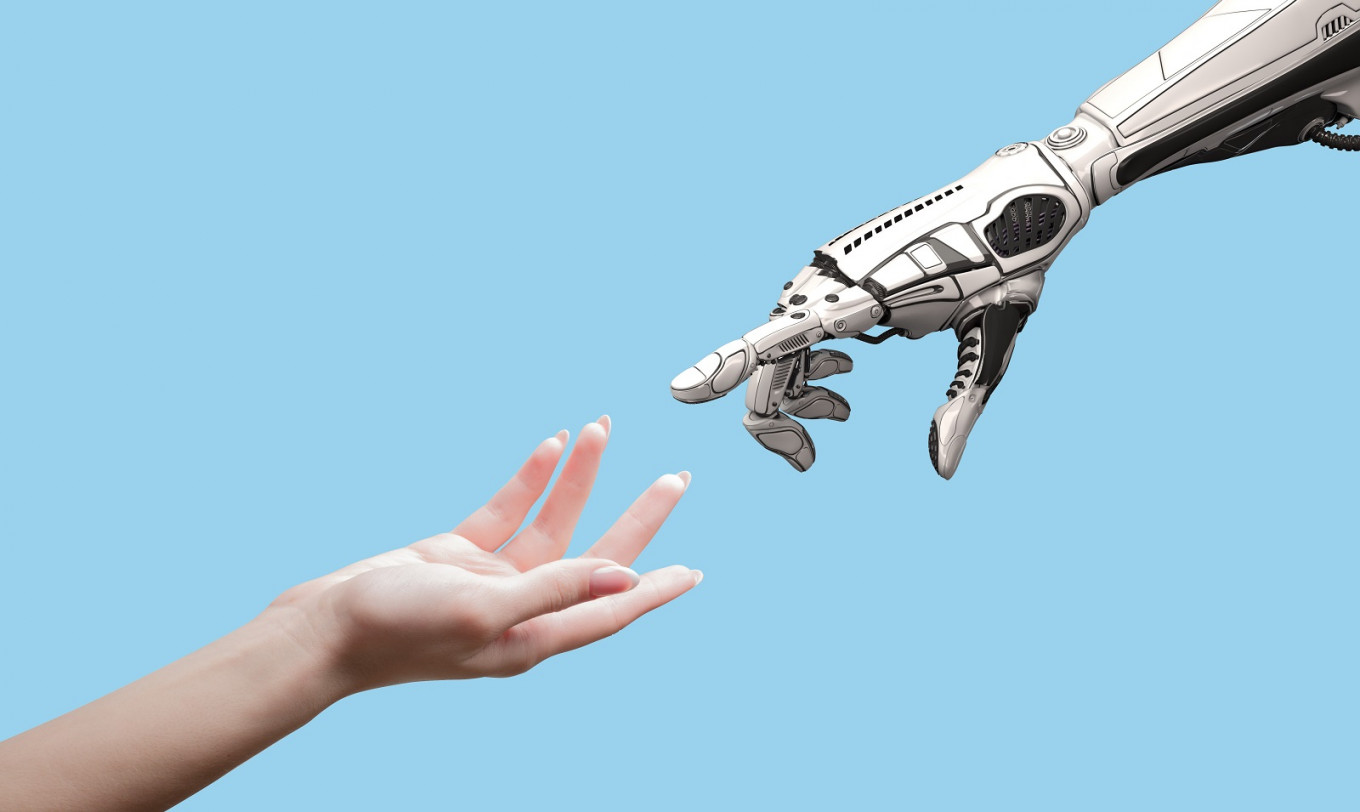
Addressing National Security in the AI Convention
-
National Security Exemptions: Articles 3.2, 3.3, and 3.4 offer broad exemptions for national security interests, research, development, testing, and national defense, excluding military AI applications from the convention’s scope.
-
Balancing Flexibility and Regulation: Article 3(b) provides parties with flexibility in applying the convention to the private sector, accommodating national security needs while preventing total exemption.
-
General Obligations: Articles 4 and 5 ensure the protection of human rights, democratic integrity, and the rule of law, mandating parties to address disinformation and deep fakes as part of their national security measures.
-
Scope for Further Action: Article 22 permits parties to exceed specified commitments, allowing additional measures to tackle national security concerns related to AI.
The AI convention is vital as it reinforces existing human and fundamental rights within AI applications, stressing the need for governments to uphold these rights and implement effective remedies and procedural safeguards.
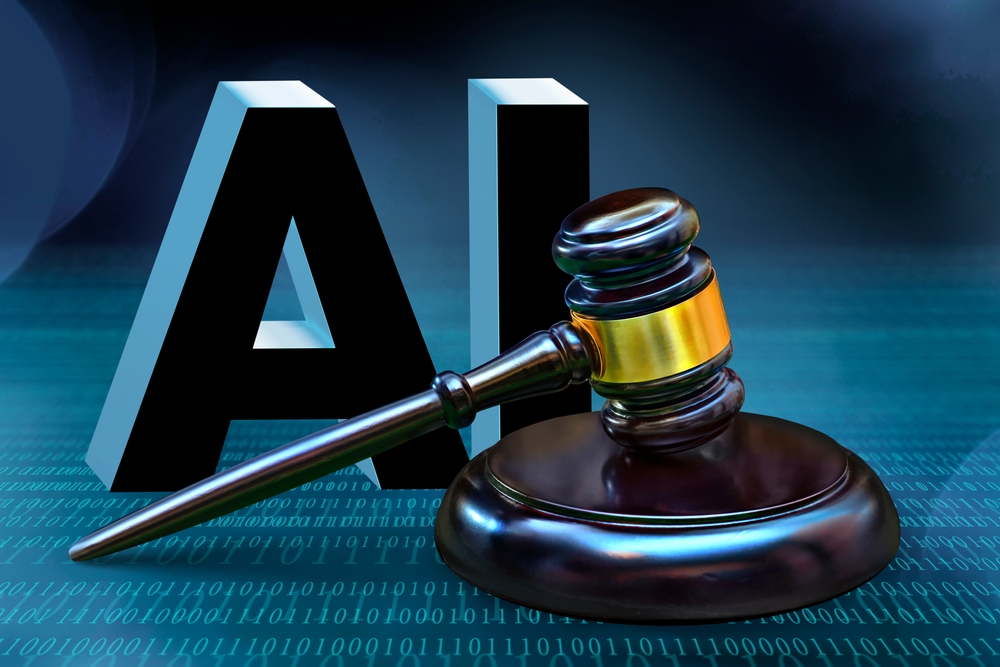
Understanding the Cornerstones of the AI Convention
The convention is not a rigid set of rules but a dynamic framework emphasizing key principles guiding every stage of the AI lifecycle:
-
Upholding Human Dignity and Individual Autonomy: AI must empower individuals and reinforce democratic values without compromising human dignity or autonomy.
-
Transparency and Oversight: Transparency in AI operations and decision-making processes combats biases, ensures accountability, and fosters public trust.
-
Proactive Risk Management: Before deployment, developers must assess and mitigate potential risks to human rights, democracy, and the rule of law, preventing unintended consequences.
-
Remedies and Safeguards: Accessible and effective remedies for AI-related human rights violations provide a safety net for individuals and incentivize responsible development.
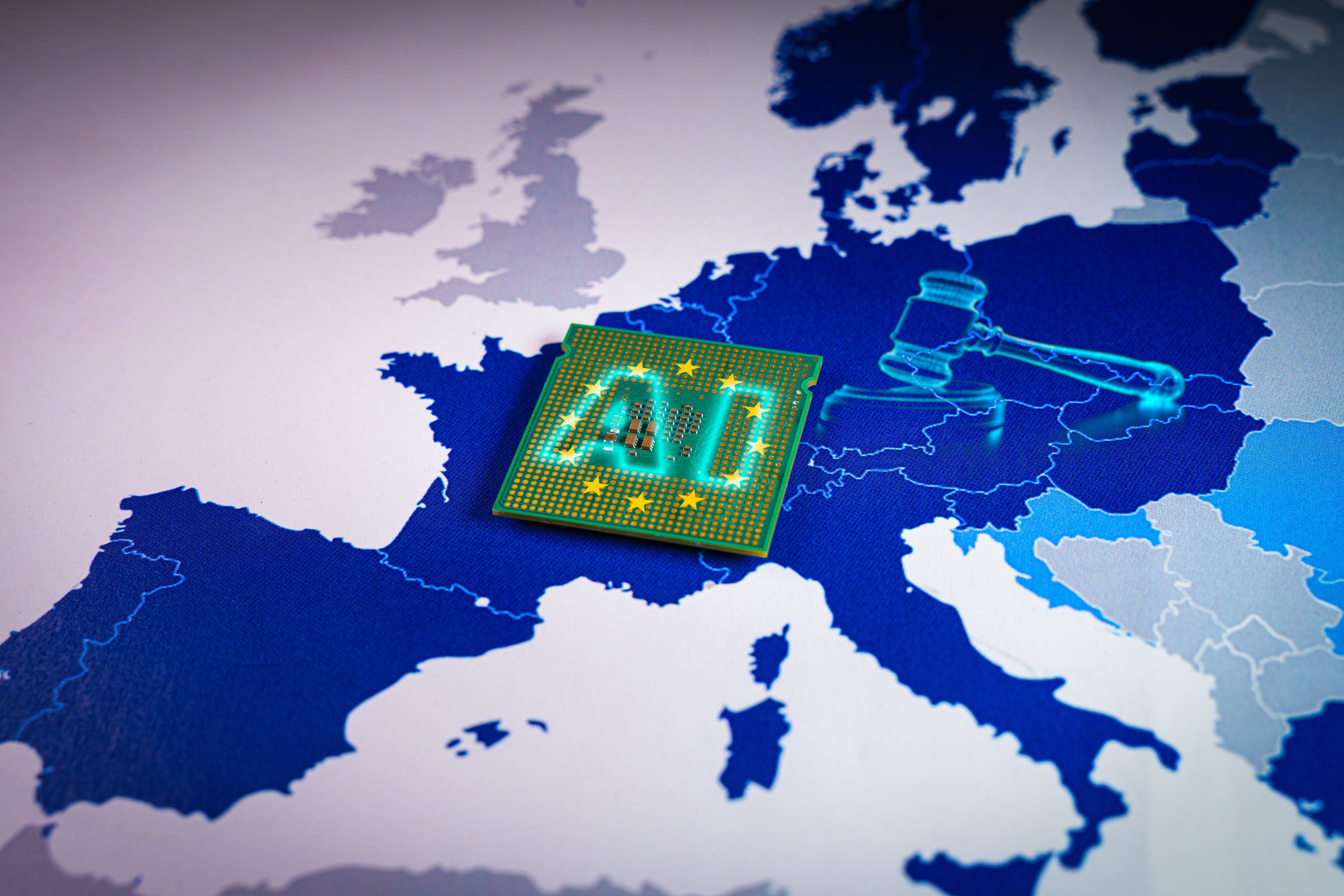
Navigating the AI Landscape: Implications for Development Teams
The convention urges AI developers to embed ethical considerations in their work, prioritize explainability, and stay informed about evolving AI ethics:
-
Ethical Considerations: Developers must address societal implications and ethical questions from the outset of AI development.
-
Explainability: Clear documentation, transparency about data sources, and awareness of biases are essential for explainable AI systems.
-
Continuous Learning: Staying informed about new guidelines and legal frameworks is crucial in the evolving field of AI ethics.
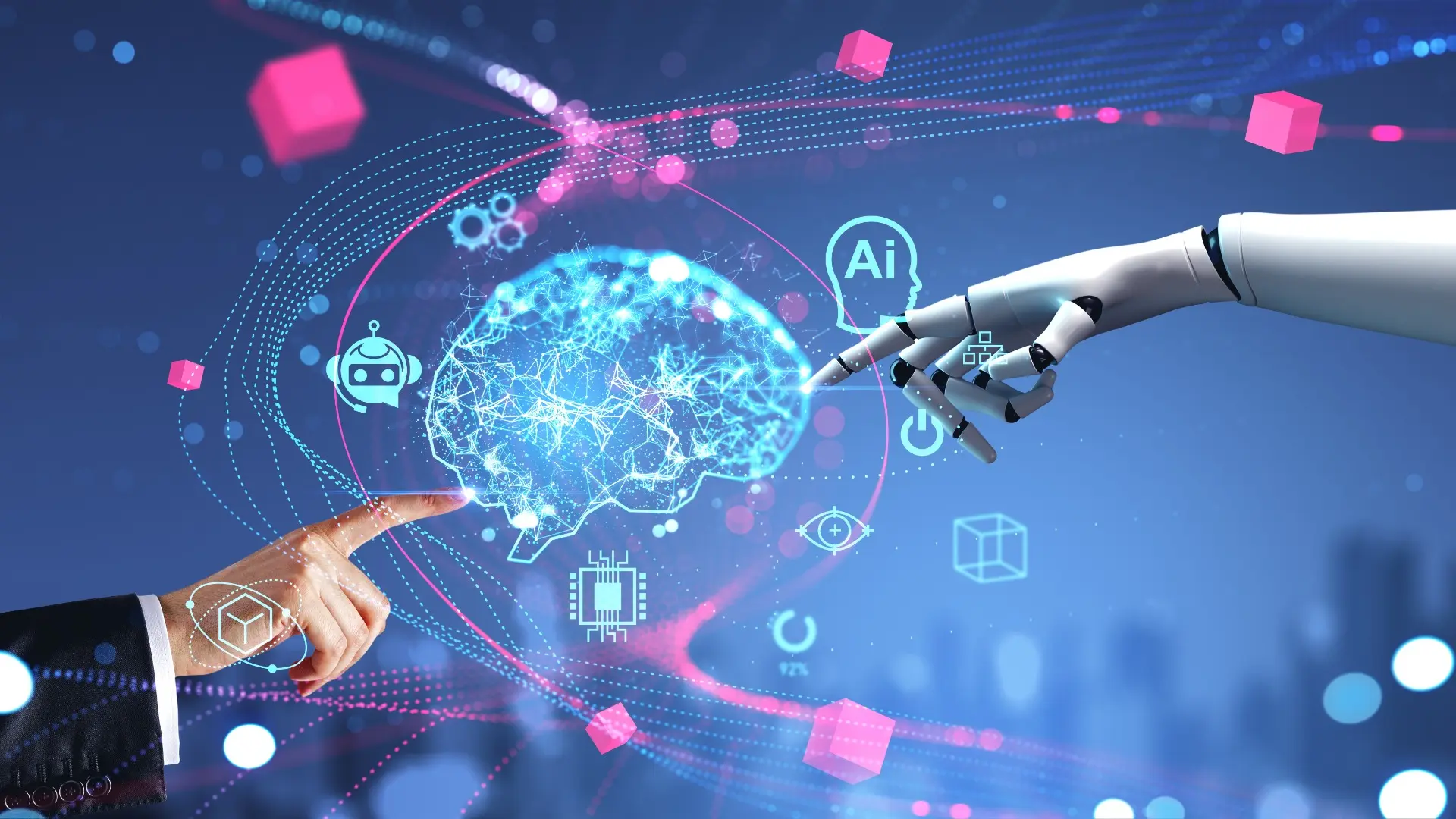
Leading the Way: Insights for Engineering Leaders
Engineering leaders play a critical role in translating principles into practice and shaping ethical AI development:
-
Cultivating Ethical AI Culture: Building a company culture where ethics guide every decision requires open dialogue and clear guidelines.
-
Investing in Education: Providing team members with AI ethics training and resources is essential for navigating ethical complexities.
-
Championing Transparency: Implementing internal audits and stakeholder engagement mechanisms ensures transparency and accountability.
-
Collaboration for Ethical AI: Engage with ethicists and legal experts to align AI solutions with societal values and contribute to a better future.
Europe’s AI Convention provides guidance for navigating the complexities of the AI revolution, ensuring AI becomes a force for good. Embracing these principles, engineers, and engineering leaders can shape a more just and sustainable world through technology. Compliance isn’t enough; it's about shaping a future that benefits humanity.
With inputs from agencies
Image Source: Multiple agencies
© Copyright 2024. All Rights Reserved Powered by Vygr Media.

